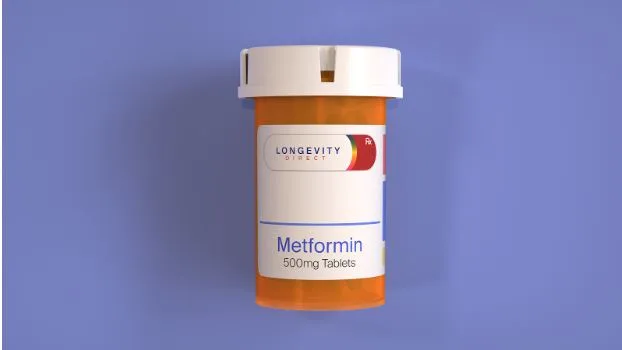Simplifying the Gold Loan Process: From Documents to Disbursement
When life throws a financial surprise at you, a gold loan offers one of the fastest ways to get funds. But sometimes, its simplicity is hidden behind unfamiliar steps and paperwork. This guide shows you every stage, from proving your eligibility to getting the funds in hand. Understanding the process makes you confident rather than overwhelmed.
Step 1: Confirm Your Gold Loan Eligibility
Before gathering documents, the first step is checking whether you meet the gold loan eligibility criteria. Usually, lenders require you to be a resident, 18 years or older (and under a certain upper limit). You must own gold jewellery or coins of acceptable purity (often 18 karats or more). You should also have basic identity and address proof ready. Meeting these basics shows lenders that you are eligible in principle. Once eligibility is confirmed, you move to collecting your Gold Loan Documents.
Step 2: Gather Gold Loan Documents
Next comes preparing the paperwork. The goal is to make your application smooth and avoid back-and-forths. Common gold loan documents that most lenders ask for include identity proof such as Aadhaar, PAN, passport, or voter ID; address proof such as a utility bill, ration card, or passport; recent passport-size photographs; and proof of ownership or purchase invoices if available. The jewellery or coins themselves are also required for evaluation. In some cases, lenders may request additional forms such as a declaration form or signature specimen. Having all documents ready upfront speeds up the next stages.
Step 3: Submit Application & Gold for Valuation
With eligibility confirmed and documents ready, you submit your application. Depending on the lender, this can be completed at a branch or online. Many organizations let you begin your application online and complete it in person at a branch. You bring in your gold for appraisal after submitting your application. The purity, weight, and condition will be examined by the lender’s appraiser. Another factor is the current market rate. Based on this, they decide how much you can borrow, a limit called the loan-to-value (LTV) ratio.
Step 4: Review Terms and Sign Agreement
After valuation, the lender will present you with the offer: how much they can lend, at what interest rate, and under what repayment terms. This is where your awareness of gold loan eligibility and gold loan documents helps. You know what to expect and can ask informed questions. Review the terms carefully. Look beyond the headline rate. Check for processing fees, early payment charges, late payment fines, and how disbursement will happen. When everything is clear, sign the agreement.
Step 5: Disbursement of Funds
Once the paperwork and gold valuation are done, the lender disburses the funds. In many cases, this happens on the same day or within a few hours. The amount is transferred to your bank account or paid via cheque. Meanwhile, your gold remains stored securely by the lender. Most institutions keep pledged gold in vaults and insure it during the loan term. This ensures that your valuable asset is protected while you use the funds.
Step 6: Repayment & Return of Gold
You repay the loan as per the agreed schedule. This could be monthly EMIs, paying interest first and principal later, or a bullet repayment at term end. Once you fully repay principal plus interest and any fees, the lender returns your gold in the same condition. Repaying on time is crucial. Missing payments can lead to reminders or penalties, and prolonged default may lead to auctioning of the gold (but only after due notice and legal process).
Tips to Make the Process Smoother
- Check gold loan eligibility first – Confirm that you meet the basic age, residency, and gold purity requirements before applying. This saves time and avoids collecting unnecessary documents.
- Keep all gold loan documents ready – Identity and address proofs should be valid and clear. Having them in physical and digital form ensures the review process is quick and hassle-free.
- Look beyond interest rates – Do not focus only on the headline number. Consider processing fees, prepayment charges, late payment penalties, and other hidden costs that affect the total repayment.
- Compare more than one offer – Different lenders may have slightly different terms even for the same value of gold. Reviewing at least two or three options helps you identify the most cost-effective choice.
- Check vault storage and insurance – Since your gold carries both financial and emotional value, confirm that it will be kept in secure, insured vaults for complete peace of mind.
- Ask about repayment flexibility – Inquire about renewal options, prepayments without penalties, and available repayment methods like EMIs, interest-first, or bullet payments. Choosing the right structure prevents financial strain later.
- Clarify doubts before signing – A good lender will explain terms clearly. Asking questions upfront ensures there are no surprises during the repayment period and helps build trust in the process.
Conclusion
The process becomes less intimidating when you comprehend every stage, from eligibility to disbursement. You are able to identify gaps, pose pertinent queries, and steer clear of unpleasant surprises. You become an informed borrower instead of a passive applicant. Recognising the importance of gold loan documents and knowing how they fit into your gold loan eligibility lets you act with conviction and security.





